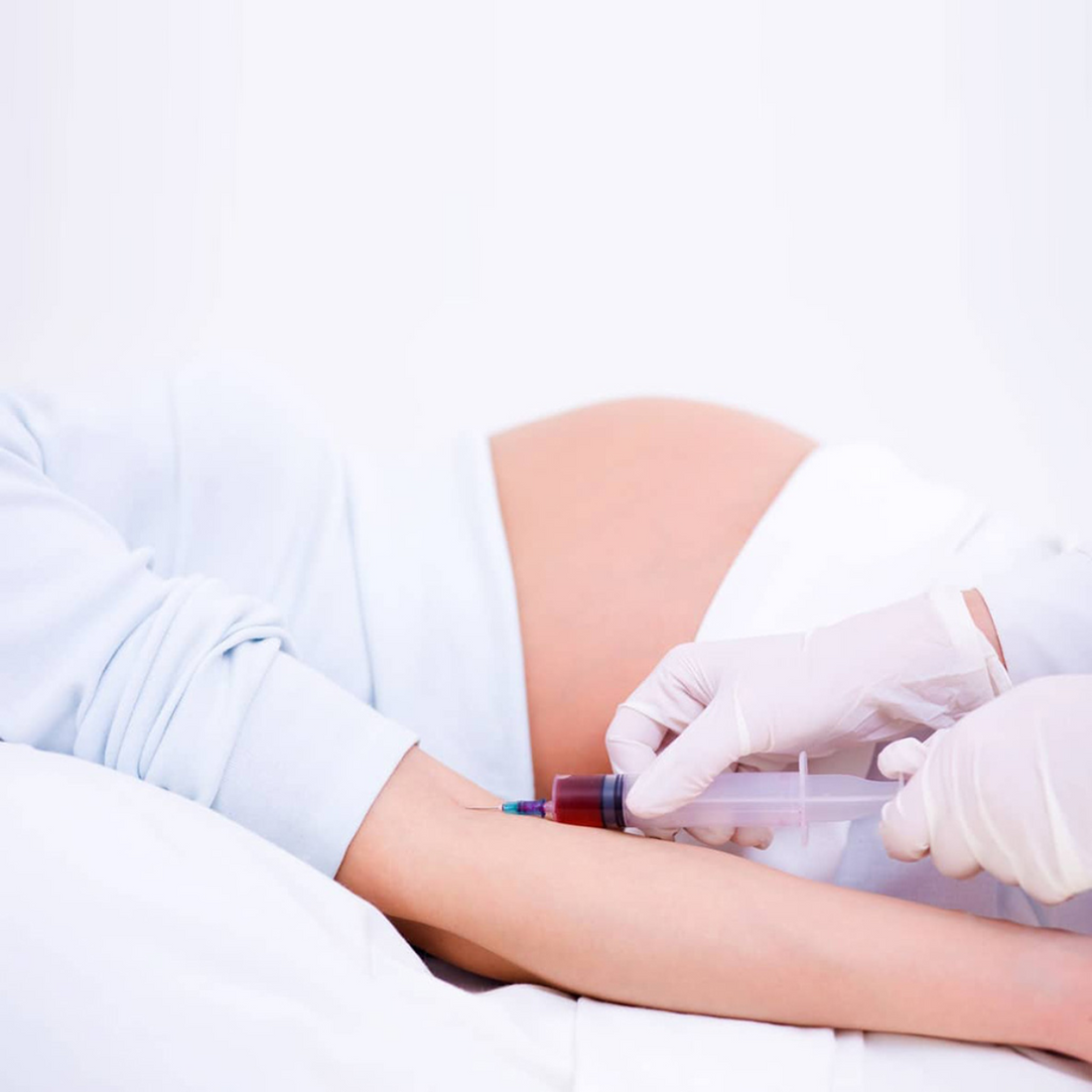NEDD9
Description
The NEDD9 (neural precursor cell expressed, developmentally down-regulated 9) is a protein-coding gene located on chromosome 6.
Neural precursor cell expressed developmentally down-regulated protein 9 (NEDD-9) is a protein that in humans is encoded by the NEDD9 gene. NEDD-9 is also known as enhancer of filamentation 1 (EF1), CRK-associated substrate-related protein (CAS-L), and Cas scaffolding protein family member 2 (CASS2). An important paralog of this gene is BCAR1.
== Discovery == In 1992, Kumar, et al., first described a sequence tag corresponding to the NEDD9 3′ untranslated region based on the cloning of a group of genes predominantly expressed in the brain of embryonic, but not adult mice, a group of genes designated neural precursor cell expressed, developmentally down-regulated. In 1996, two groups independently described the complete sequence of the NEDD9 gene, and provided initial functional analysis of NEDD9 protein. Law et al. overexpressed a human cDNA library in S. cerevisiae, and screened for genes that simultaneously affected cell cycle and cell polarity controls, inducing a filamentous yeast budding phenotype, and thus identified the HEF1 protein (Human Enhancer of Filamentation 1). This study identified HEF1/NEDD9 as an interactive partner for focal adhesion kinase (FAK), connecting it to integrin signaling. Separately, Minegishi et al. cloned the gene encoding a protein hyperphosphorylated following ligation of β1-integrins in T cells and hypothesized to play a role in the process of T cell costimulation, designating this gene Cas-L (Crk-associated substrate-related protein, Lymphocyte type).
NEDD9 is a scaffolding protein that plays a key role in coordinating tyrosine kinase signaling related to cell adhesion. It is involved in embryonic fibroblast migration and may be important in integrin beta-1 or B cell antigen receptor (BCR) mediated signaling in B and T cells. Upon integrin beta-1 stimulation, NEDD9 recruits proteins such as CRKL and SHPTP2. It promotes lymphocyte adhesion and migration, crucial for the correct movement of lymphocytes to the spleen and other secondary lymphoid organs. NEDD9 participates in organizing the T-cell F-actin cortical cytoskeleton and the centralization of T-cell receptor microclusters at the immunological synapse. It negatively regulates cilia outgrowth and modulates cilia disassembly via AURKA-mediated phosphorylation of HDAC6 and deacetylation of alpha-tubulin. NEDD9 positively regulates RANKL-induced osteoclastogenesis and is necessary for maintaining hippocampal dendritic spines in the dentate gyrus and CA1 regions, contributing to spatial learning and memory.
NEDD9 is also known as CAS-L, CAS2, CASL, CASS2, HEF1.
Associated Diseases
- breast cancer
- urinary bladder carcinoma
- common variable immunodeficiency
- combined immunodeficiency with skin granulomas
- immunodeficiency 18
- immunodeficiency 73c with defective neutrophil chemotaxis and hypogammaglobulinemia

